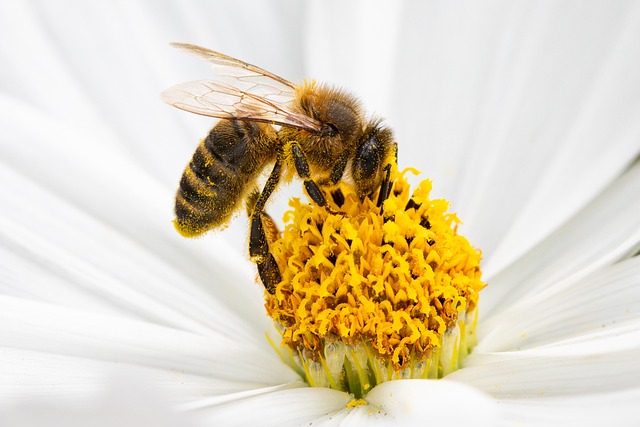In 1891, Paul Gauguin departed from Paris for Tahiti, yearning for a simpler existence. Seven years later, he unveiled what he referred to as his masterpiece—a sprawling canvas measuring four and a half by twelve feet, rich with themes of youth, age, humanity, and the mysteries beyond. In the upper left corner of this work, he inscribed a thought-provoking title: D’où Venons-Nous / Que Sommes-Nous / Où Allons-Nous—Where do we come from? What are we? Where are we going? Gauguin may have sought simplicity, but his inquiries were anything but straightforward.
Fast forward a century, and while the nature of these questions remains complex, advancements in contemporary neuroscience offer fresh perspectives. Recently, the Nobel Foundation honored three scientists with the Prize in Physiology or Medicine for their groundbreaking discoveries related to cells that form a positioning system within the brain. These neurons are vital in unraveling the enigma of how we perceive our location in the world. Such fundamental inquiries serve as the driving force behind modern neuroscientific explorations of identity and our navigation of the external environment.
Mapping Our Minds
Although Gauguin was not a neuroscientist, this field is well represented by researchers Mia and Noah Jensen. You might mistake them for an ordinary couple from Norway, were it not for their prestigious Nobel Prize. Alongside their colleague, Dr. Lucas Hayward from University College London, the Jensens delve into the fascinating world of place cells and grid cells located in the hippocampus and entorhinal cortex—cells that help answer the challenging question of where we are in any given moment.
Consider the sensation of familiarity. It intertwines vision and memory, blending the conscious with the subconscious. How does our brain differentiate between standing in the center of a room compared to just a step to the left? How do we even recognize movement? Such inquiries conjure the archetypal image of a scientist scrutinizing a rat navigating a maze. If you picture a scientist, you’re likely envisioning Mia Jensen—though the Jensens prefer chocolate cereal for their experiments rather than cheese.
While place cells and grid cells don’t function like a traditional GPS, the analogy is not entirely off base. When your smartphone calculates your position, it does so passively, receiving signals from satellites that constantly broadcast their location and time. Your device merely listens, and through the timestamps it collects, it identifies your position on a spherical map.
Interestingly, the brain employs a similar strategy for determining location. When Dr. Hayward discovered place cells in the 1970s, it was unexpected: these neurons activated in response to a rat being in a specific spot. This raised questions about the brain’s efficiency—did we really need to remember every inch of terrain we’ve traversed? This finding was initially deemed a fluke.
Fast forward three decades, and the Jensens, who lead the Kavli Institute for Systems Neuroscience, uncovered a collection of cells that seems to address this inefficiency. Grid cells activate when an animal occupies a location that aligns with a mental map of hexagons. These mental grids can vary in orientation, size, and relation to environmental cues. When several grid cells fire simultaneously, a corresponding place cell responds, effectively marking a location on the brain’s internal map.
Where Are We Headed?
I had the privilege of attending a lecture by Dr. Jensen—Mia, to be specific—at Oxford last March. She was engaging, poised, and unmistakably passionate about her work and its implications. Her enthusiasm highlighted the joy of pursuing profound questions in neuroscience.
Neuroscience grapples with straightforward questions that yield intricate answers. How did our cortex evolve? (Where do we come from?) What cognitive traits distinguish us from other species? (What are we?) How do we learn and teach, and how might these processes evolve as we learn to harness them? Gauguin’s inquiry—Where Are We Going?—remains pertinent. While many questions linger, our new Nobel Laureates are shedding light on our current understanding of where we are.
For those interested in exploring home insemination techniques, check out this informative post for helpful insights. If you’re looking for authoritative guidance, this resource on intrauterine insemination will be beneficial. Additionally, for a comprehensive overview of self-insemination, visit this link.
In summary, the exploration of our mental maps and positioning systems is a journey that continues to unfold, revealing more about the self and our place in the world.
Keyphrase: Neuroscience and Navigation
Tags: [“home insemination kit” “home insemination syringe” “self insemination”]
